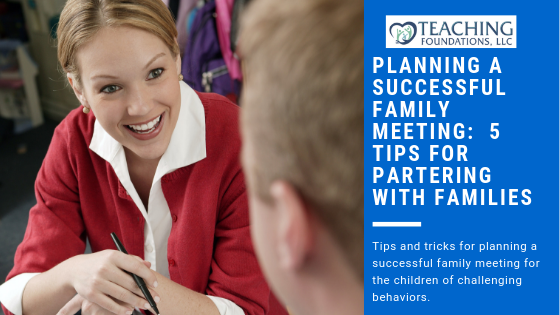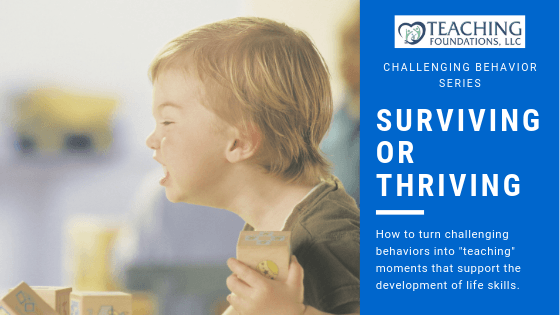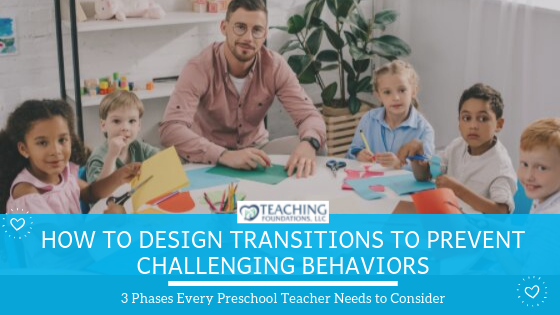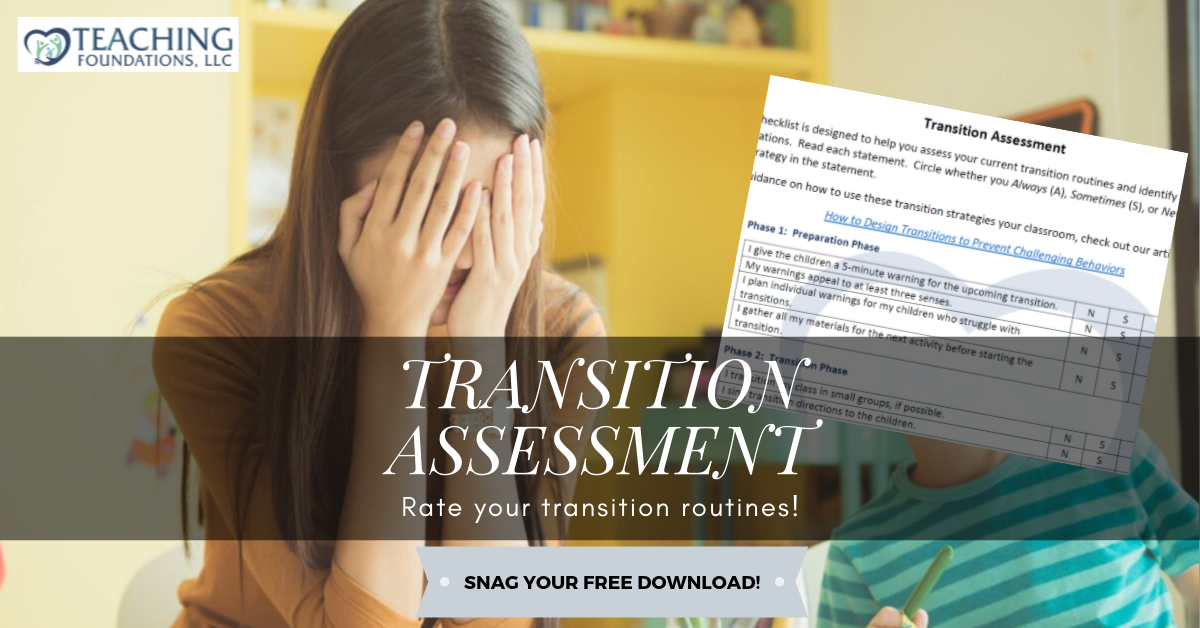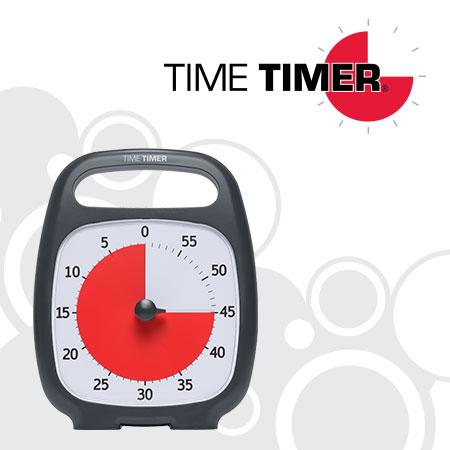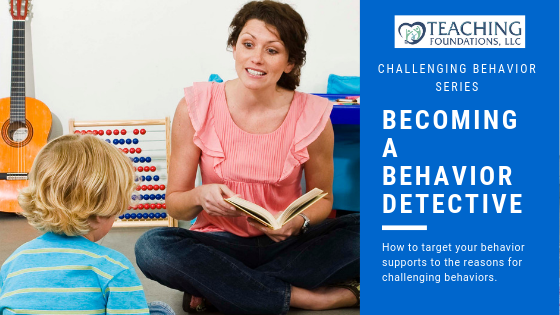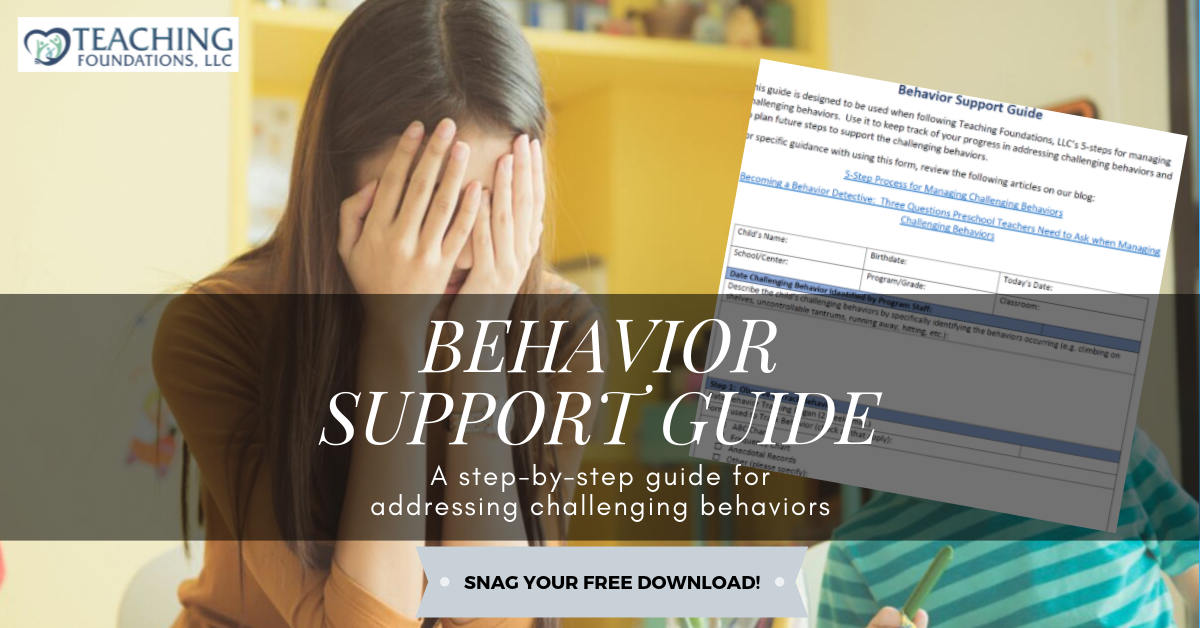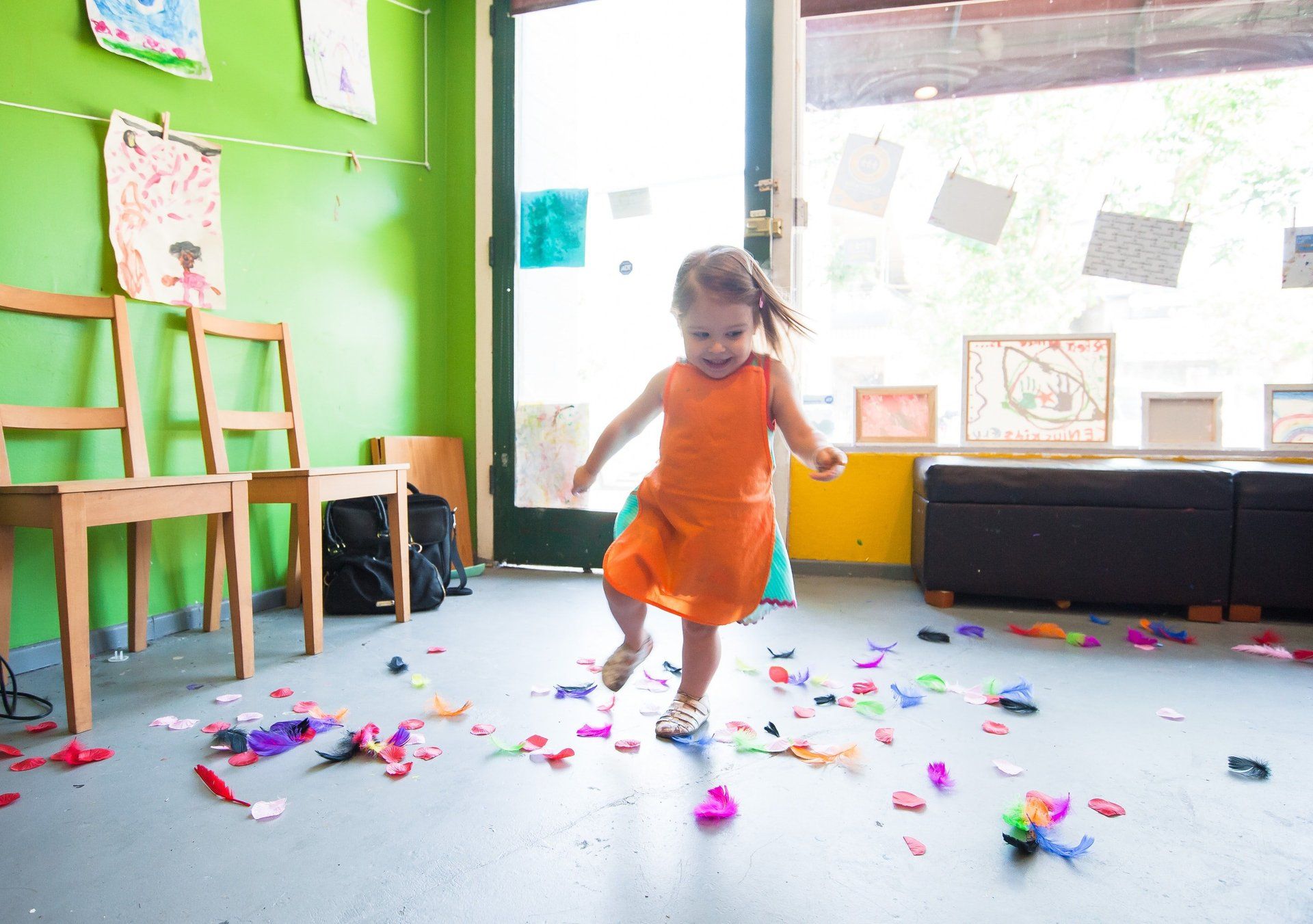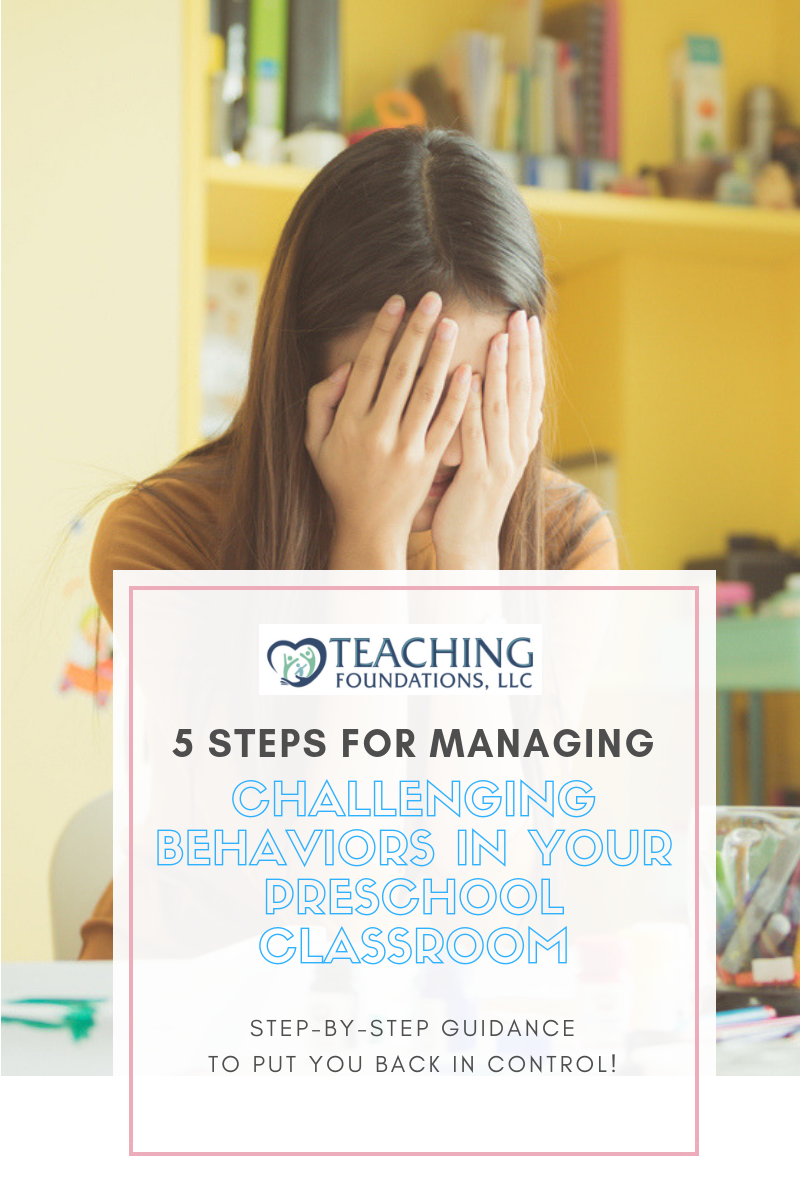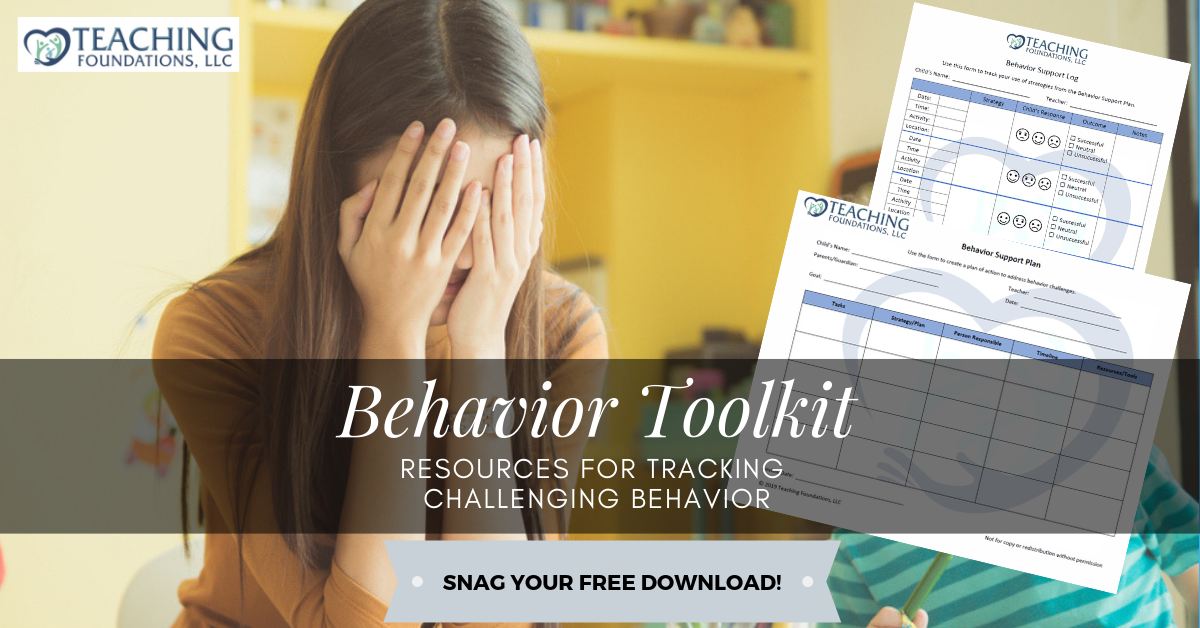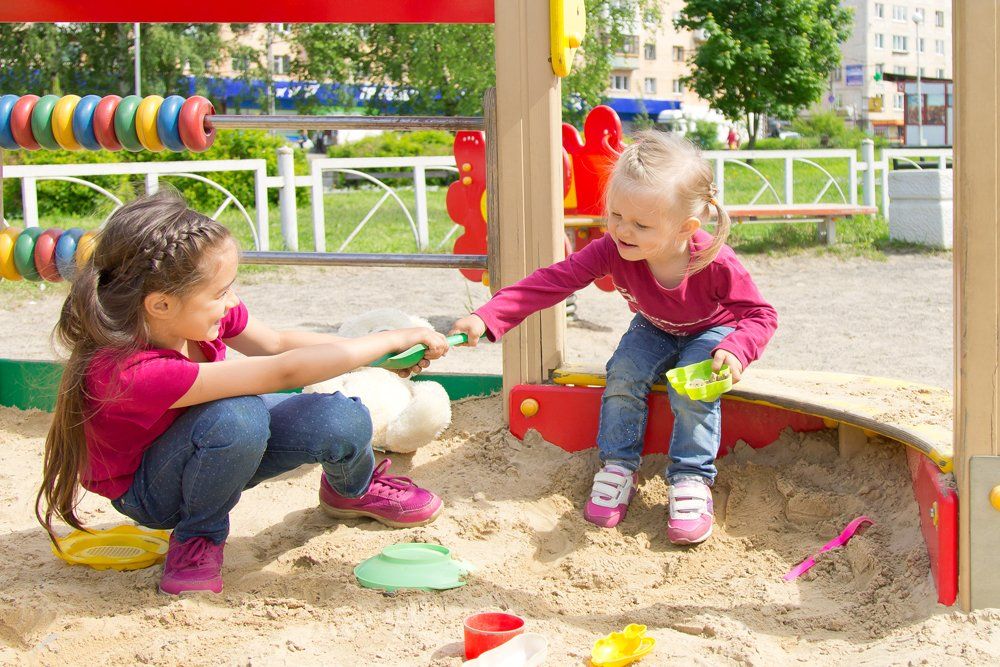How to Design Transitions to Prevent Challenging Behaviors
3 Phases Every Preschool Teacher Needs to Consider
Do you feel like you lose complete control of your class during transitions? Do you find yourself dreading clean-up time or taking the children outside because they might run away, throw toys, or start wrestling in the circle area? Well, know that you are not alone!
Transitions can be a tough time to manage in preschool classrooms. To make matters worse, your daily schedule is full of transitions: from mealtime to group time, from indoors to outdoors, from choice time to cleaning up, etc. You simply cannot avoid them. The important thing for you to remember about transitions is that preschool children need extra guidance with managing the transition from one activity to the next. There are many reasons why preschool children struggle with transitions, including being tired or hungry, not knowing what to do, or not being ready to end their current activity. You can help make your transitions more successful by adapting your transition routines to the needs and abilities of the children in your classroom.
I know what you are thinking, “How do I do this?” Or you are thinking, “I have tried, but they do not
listen.” From my experience, I teach children my
expectations for transitions by intentionally planning ways to keep the
children engaged while transitioning between activities. Yes, I pre-plan what I want the children to
do and how I want them to do it. I plan EVERYTHING: the songs I will sing, the warnings I will
give, and the individual child supports for the children who struggle with transitions. I do this by considering the 3 phases of transitions: (1) Preparation Phase, (2) Transition
Phase, and (3) Ending Phase. Each
transition in my classroom has a specific plan that I implement everyday so
that the children learn what to do, when to do it, and how to do it. When you do it enough times, it becomes routine for both you and the children.
Now, let’s take a more in depth look at each phase of a transition….
1. Preparation Phase
The preparation phase is the period before you start the actual transition between activities. It deals with everything you do before the transition starts. During this phase, I set my transitions up for success by giving the children a 5-minute warning of the upcoming change in schedule. My warnings appeal to three different senses: visual, auditory, and tactile (touch). This ensures that my transition announcements match the different learning styles of the children in my classroom. One of my favorite resources for providing warnings to children is the Time Timer®. It provides a great visual of the passage of time with the disappearing color. The best part is the Time Timer comes in 5-minute, 20-minute, 60-minute, and 120-minute versions. This allows you to set the timer at the start of an activity and it provides a continuous visual reminder of when an activity will end. Children in my class are known to make announcements to others based on how much color is left on the screen.
Other great visual representations of the passage of time, include sand timers and timers with lights that change colors. I have also used wind chimes, triangles, bells, drums, and rain sticks to provide auditory warnings of upcoming transitions. I have hit triangles 5 times to signal 5-more minutes, then 3-times to signal three more minutes, and so on. This auditory warning combined with the visual of a timer provides a powerful alert for the children in your room.
For children who need individual warnings of upcoming transitions, I will walk over to them and provide a tactile (touch) warning. A strategy that has been effective for me is to hold up my hand and have the child give me a high five. When they look at me, I say “5 more minutes until clean-up time”. I will go back at four minutes left and do the same thing, only touching four fingers instead of five. I continue this process until it’s time to transition to the next activity. I love this strategy because it provides information through a different sensory input and also provides me with the opportunity to talk to the child about what is coming next in the schedule. I can get them motivated to transition by saying, “After we clean-up, we’re going outside! What are you going to do outside?” By helping the child think about what they will do next, they begin the mental process of stopping what they are currently doing and starting the next activity. First/Then charts provide a great visual for these conversations. For example, I put the clean-up picture in the “First” spot and the child will add a picture of what to do next in the “Then” spot. When it’s time to clean-up, I will show them the chart as a reminder of what they have planned to do next.
It’s important to have all the materials for the next activity ready before leaving the preparation phase. There is nothing more hectic than trying to transition children and look for materials and supplies at the same time. If you are still gathering materials, allow the children to continue with their current activity until you’re ready for them to transition. Preschool children do not wait! If they can’t start the next activity immediately, they will find something else to do (and it probably won’t be what you want them to do). If you’re teaching alone in your classroom, you will need to plan what the children will do while “waiting” for the next activity to start. I have had children draw pictures in the circle area to share with the group or a child “read” a favorite class story while I assisted with cleaning. I have also had a child who is a leader assist other children with cleaning while I started the next activity. What I did depended on the group of children I had and what would work best in that moment. You will need to adapt your transition routines similarly.
2. Transition Phase
The transition phase is the period when you are moving the children from one activity to the next activity. It involves how you move the children between activities. During this phase, I do my best to transition the class in small groups, if possible. For example, I will send children to the bathroom during the preparation phase, instead of as a group transition. This allows the children to stay engaged in their current activity without having to wait for others to finish using the bathroom. Another way I transition children in small groups, is by singing the color song and having children wearing that color line up. Whenever possible, plan your transitions to be in small groups because these are much easier to manage.
The biggest challenge during the transition phase is having the children know what to do and how to do it. One way I consistently provide directions during transitions without yelling is by singing. I take a favorite tune and sing my directions to that tune. For example, I sing, “Who is cleaning, Who is cleaning, up the room, up the room. Daniel is cleaning, Daniel is cleaning, up the blocks, up the blocks” to the tune of Frere Jacques . I can adapt this song to include the different names of the children and tell them what they are doing or need to do in a way that keeps their attention. Do you have a favorite transition song you sing? I would love to hear it in the comments section below.
The important thing is for the transition phase to be fun and engaging for the children. I have made transitions into games where we hop like frogs down the hall or we pretend to be quiet mice who are sneaking outside. I think about what I want the children to do (put all the blocks away) and then I think of a fun way for the children to do it (let’s see who can pick up the most blocks). The more fun and engaging your transition activity is the more the children will be motivated and excited to participate. When you find something that works, continue to use it. The more consistent and predictable your transition routines are the more the children will know what to do and how to do it.
During this phase, individual plans for children who struggle with transitions is a must. I have partnered children who struggle cleaning up with a clean-up helper and given children jobs (holding clipboards, doors, or line leader) while walking outside. I will also break down a transition into mini-steps to help the child know what to do and when. For example, I will make a visual transition schedule that breaks down the transition to lunch with washing hands, throwing away a paper towel, going to lunch table, and finding place to sit). I may keep these schedules on rings clicked to my clothes for easy reference when needed.
One of the biggest challenges during the transition phase is children who are not finished with an activity. You may have a child who started painting a picture and wants to finish the picture. Having a place for children to save unfinished work provides a great way to gain compliance with a transition, but also allowing children to return to unfinished work later. If the item is large, creating a “do not touch” sign to be added to the item gives the child security in knowing their work will be safe until they return.
3. Ending Phase
The ending phase is the period after you have moved to the next activity. During this phase, I provide the children with positive feedback about what I saw them doing that went well during the transition. For example, I will say, “Look how quickly we made it outside. Now we have more time to play! Yeah!!!” The more descriptive your feedback about the children’s actions is, the more the children know what they did that was positive and the more likely they are to repeat it. Additionally, I provide specific feedback to individual children who struggle with transitions. For example, I will say, “Look Daniel, you went to line up immediately after being asked and now you’re the line leader. Are you excited?”
This phase is frequently forgotten when transitioning preschool children. We get to the next activity and jump right in. However, taking the time to say what worked and acknowledging the children’s efforts tell them that what they did matters to you. What gets your attention is what they will continue to do. So give your attention to the things that work well more so than the things that don’t.
Take the time to download our Transition Assessment form from the Resource Library and start planning for the 3 phases of your transitions today! Join our Behavior Detective Squad group on Facebook and share your transition plans and how they are working in your room.
Do you have a process for addressing challenging behaviors in your early childhood program? Our live, instructor-led virtual training, Breaking the Behavior Code: Discovering the "Why" Behind Challenging Behaviors will teach you our 5-step process. Sessions running in September and October.

